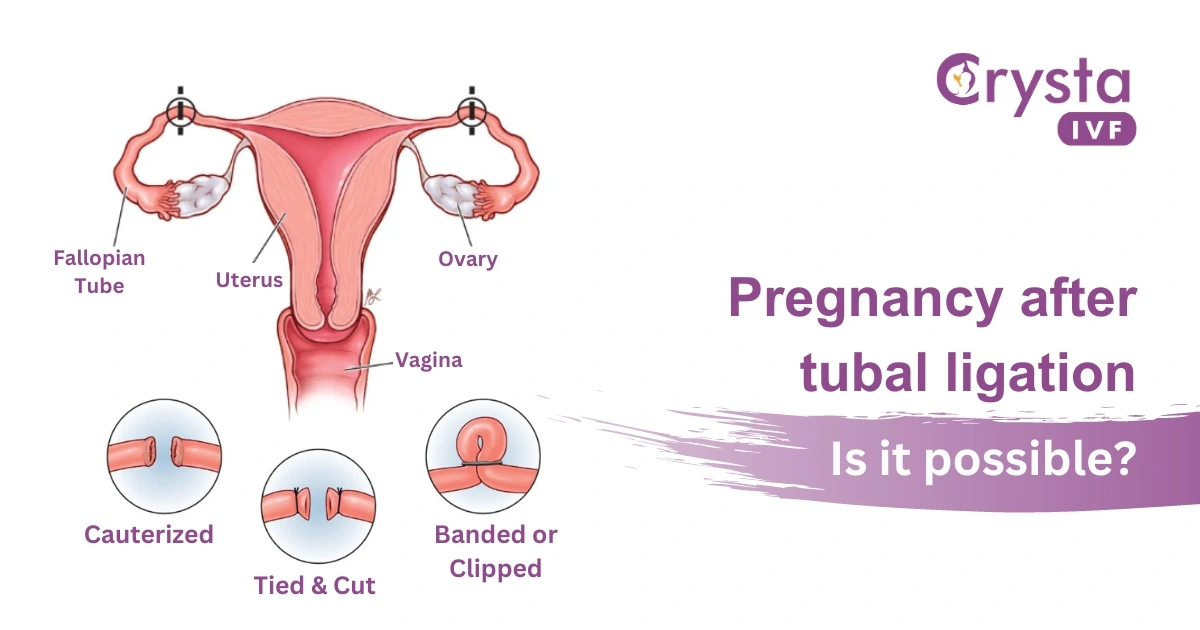
Pregnancy After Tubal Reversal: A Comprehensive Guide
Introduction
Tubal ligation, also known as tubal sterilization, is a surgical procedure that involves cutting, tying, or blocking the fallopian tubes to prevent pregnancy. However, some women may desire to reverse this procedure and regain their fertility. Tubal reversal surgery aims to reconnect the fallopian tubes, offering a chance for pregnancy. This article provides a comprehensive guide to pregnancy after tubal reversal, exploring the procedure, success rates, risks, and potential complications.
Tubal Reversal Surgery
Tubal reversal surgery is a complex and delicate procedure that requires specialized surgical skills. The goal is to reconnect the fallopian tubes, which have been previously blocked or cut during tubal ligation. The surgery is typically performed laparoscopically, using small incisions in the abdomen.
During the procedure, the surgeon will carefully examine the fallopian tubes and determine the best approach for reconnection. The tubes may be reconnected using microsurgical techniques, which involve the use of a microscope and fine sutures. In some cases, a technique called fimbrioplasty may be employed to create a new opening in the fallopian tubes.
Success Rates
The success rate of tubal reversal surgery varies depending on several factors, including the type of tubal ligation performed, the skill of the surgeon, and the individual patient’s circumstances. Overall, the success rate ranges from 50% to 80%.
The success rate is generally higher for women who have undergone a tubal ligation using clips or rings, which can be more easily reversed. Women who have had their fallopian tubes cut or burned may have a lower success rate.
Risks and Complications
As with any surgical procedure, tubal reversal surgery carries certain risks and potential complications. These include:
- Bleeding
- Infection
- Damage to the fallopian tubes or other organs
- Ectopic pregnancy (pregnancy outside the uterus)
- Multiple pregnancies (twins, triplets, etc.)
- Failure to achieve pregnancy
Recovery and Postoperative Care
After tubal reversal surgery, patients typically stay in the hospital for one to two days. Recovery time varies, but most women can return to normal activities within a few weeks.
During recovery, it is important to follow the doctor’s instructions carefully, including:
- Resting and avoiding strenuous activity
- Taking prescribed medications
- Attending follow-up appointments
Pregnancy After Tubal Reversal
If tubal reversal surgery is successful, women may be able to conceive and carry a pregnancy. However, it is important to note that the chances of pregnancy after tubal reversal are not as high as they were before the tubal ligation.
The time it takes to conceive after tubal reversal varies. Some women may conceive within a few months, while others may take longer. It is recommended to wait at least six months after surgery before trying to conceive.
Risks and Complications of Pregnancy After Tubal Reversal
Pregnancy after tubal reversal carries certain risks and complications, including:
- Ectopic pregnancy: This is a serious complication that occurs when the fertilized egg implants outside the uterus.
- Premature birth: Women who have had tubal reversal surgery may be at an increased risk of premature birth.
- Low birth weight: Babies born to women who have had tubal reversal surgery may be more likely to have a low birth weight.
Conclusion
Tubal reversal surgery offers women who have previously undergone tubal ligation the chance to regain their fertility. While the success rate is not as high as before tubal ligation, many women are able to conceive and carry a pregnancy after the procedure. It is important to weigh the risks and benefits carefully before deciding whether to undergo tubal reversal surgery.